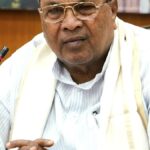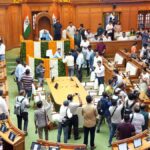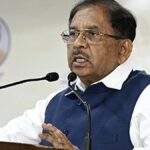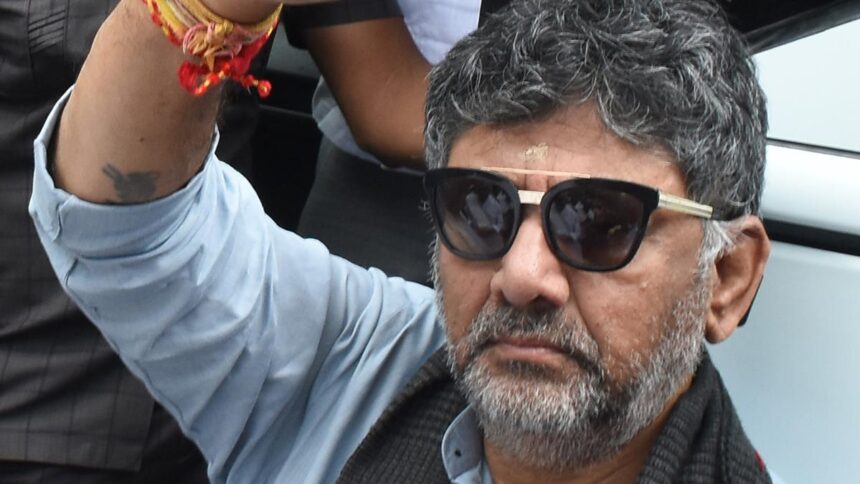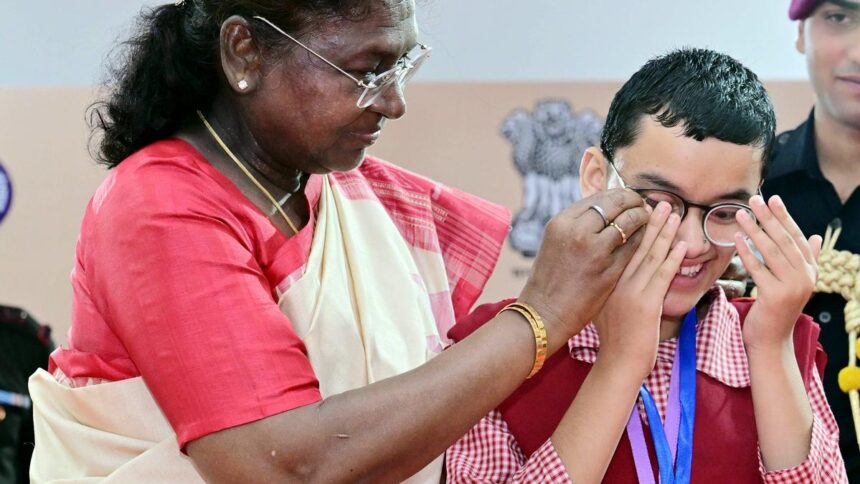Helicopter operators have slammed the Uttarakhand government for its “unofficial ban” on chopper flights following a series of air crashes. Objecting to Uttarakhand’s proposed aviation norms, the operators insist that only the country’s national aviation safety regulator, the Directorate General of Civil Aviation (DGCA), should set safety standards.
“There is a complete stoppage of helicopters flying, which includes charter services for Char Dham routes and all non-scheduled chopper flights because of the Uttarakhand government’s decision, though there is no such safety directive from the DGCA,” Group Captain (retd.) R.K. Bali, managing director, Business Aircraft Operators Association (BAOA), said. The decision was a knee-jerk reaction, Mr. Bali said, in a reference to the five helicopter crashes in the State in May and June, including two crashes that resulted in 13 fatalities.
The industry body has also written to the Uttarakhand Civil Aviation Development Authority (UCADA), asserting that the DGCA is the “sole regulatory authority” empowered to assess and direct aviation safety measures in the country.
A senior UCADA official denied the existence of a “blanket ban” other than the temporary suspension of shuttle services for pilgrims to Kedarnath in the rainy season, as it’s done every year.
“Normal helicopter services, and schemes such as UDAN (to promote air connectivity in remote areas), the Mukhyamantri Udan Khatola Scheme, etc., are running,” UCADA CEO Ashish Chauhan said.
However, operators who fly in the State, speaking on condition of anonymity, said the State government was “discouraging” all forms of helicopter services.
Operators have also criticised UCADA’s draft guidelines, with the State seeking to raise the minimum number of flying hours for helicopter pilots from 1,000 hours to 1,500 hours. They have raised concerns over the draft’s stringent enforcement norms, including suspension of flight permissions, and the revocation of operating rights after inspections.
“I want to ask the Uttarakhand government if it has well-qualified persons in UCADA to carry out safety audits, and determine whether chopper companies were following guidelines or not. UCADA has bureaucrats who only set rules, sometimes unrealistic rules,” a helicopter operator said.
The revised flying norms would render many of the current crew members idle, and there was already a paucity of helicopter pilots, who are mostly retirees from the defence forces, he said. The new and stringent measures were counterproductive at a time the Central government was pushing for enhanced connectivity in hilly regions, and encouraging industry players to import more helicopters.
The BAOA’s recommendations to the Union Ministry of Civil Aviation in July focuses on enhancing safety rather than just the pilots’ flying experience. The recommendations emphasise deploying pilots with recent, relevant hill flying expertise, supported by specialised training on terrain-specific weather, and rapid decision-making in high-risk situations.
Additionally, the BAOA has urged operators to establish robust safety management systems, including mandatory pre- and post-flight briefings, to foster a proactive safety culture, and risk mitigation. It also calls on Uttarakhand to appoint DGCA-approved aviation consultants during the pilgrimage season to assist with weather assessment and route planning. The BAOA has suggested replacing the current ‘lowest-bidder model’ of contracts for pilgrim flights with a market-based pricing system, arguing that the former incentivises cost-cutting that could compromise safety.
Published – August 02, 2025 11:28 pm IST



